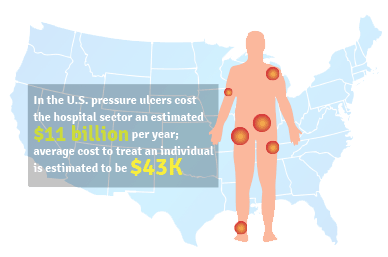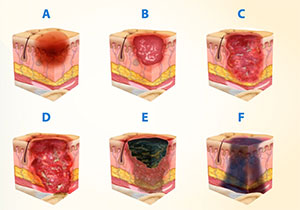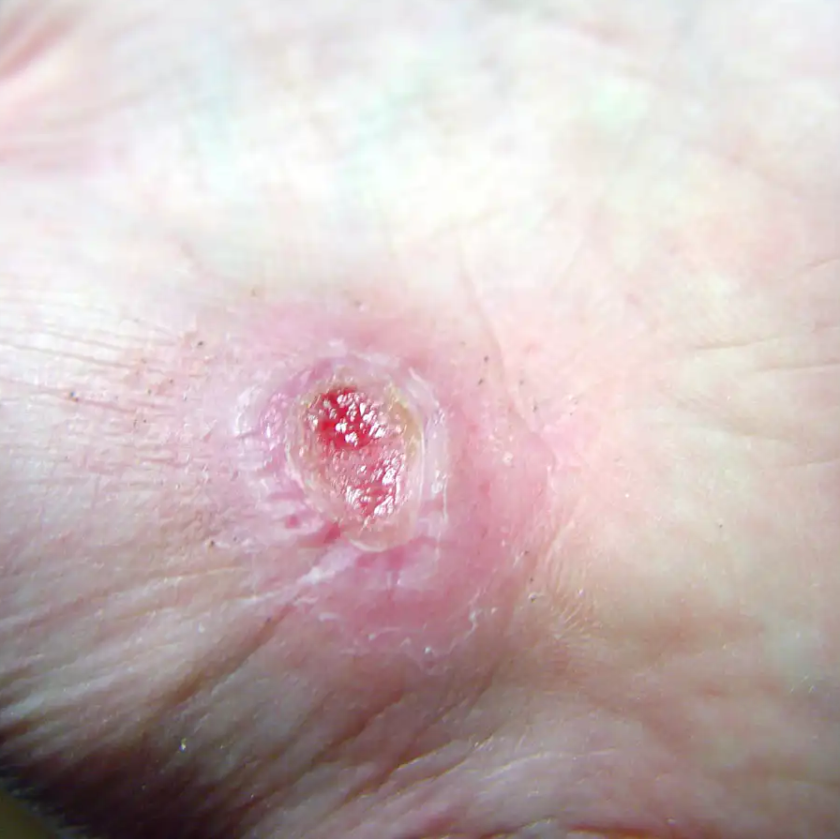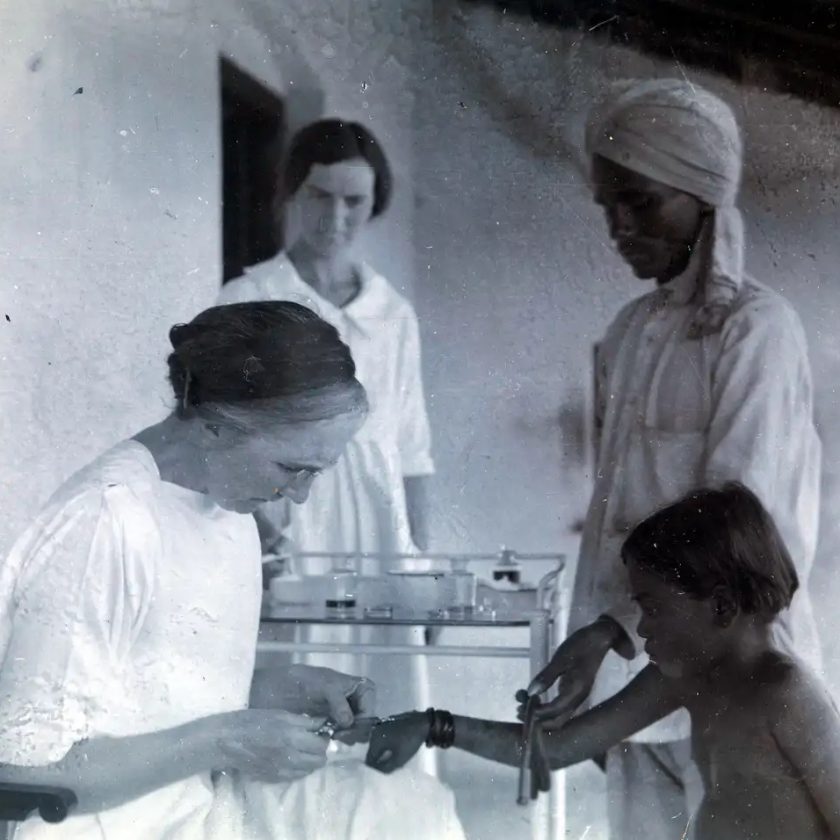

Founded in 2001 as a three-year project to fill the need for performance and reporting standards, S3I was tasked with development of uniform terminology, test methods and reporting standards for support surfaces. After formally affiliating with ANSI/RESNA in 2011, S3I became the official standards body for support surfaces in the United States. NPUAP made S3I a continuing subcommittee so it could continue its ongoing work implementing appropriate standards. Its work is a vital part of NPUAP, whose goal is to improve industry understanding of the importance of the support surface body interface, and provide the tools necessary to improve the quality of life and the ultimate outcome for patients who are bed-bound. The next S3I meeting is scheduled for October 2017.

Other recent S3I initiatives include its scholarship program, which awards two wound care providers with travel funds to represent the organization at technical and engineering conferences in the health trade. This year’s two scholarship winners were Jane Arndt, MS, RN, CWOCN, ACNS-BC and Ruth Wilson Iliuta, RN, CSN-BC, CWOCN.
“I believe the bed is a central part of the patient experience and we need to work to make it as safe and comfortable as we can for our patients,” said Arndt. “Being a part of S3I gives me a chance to learn what the engineers who build the support surfaces for our beds look at when developing tests for the surfaces. I am very grateful to have received a scholarship from NPUAP to attend these meetings! I think I will be able to contribute to the science that helps clinicians choose support surfaces.”
About the National Pressure Ulcer Advisory Panel
The National Pressure Ulcer Advisory Panel (NPUAP) is the nation’s leading scientific expert on pressure injury prevention and treatment. Our goal is to insure improved patient health and to advance public policy, education, and research.







